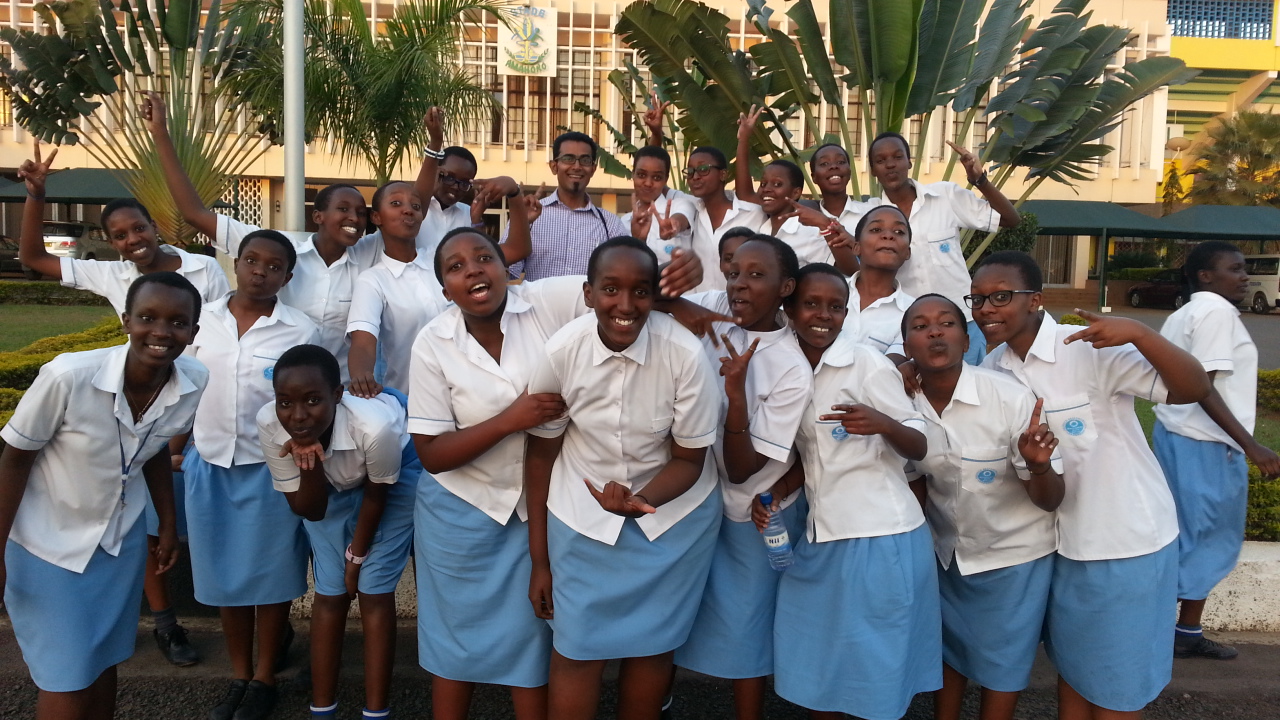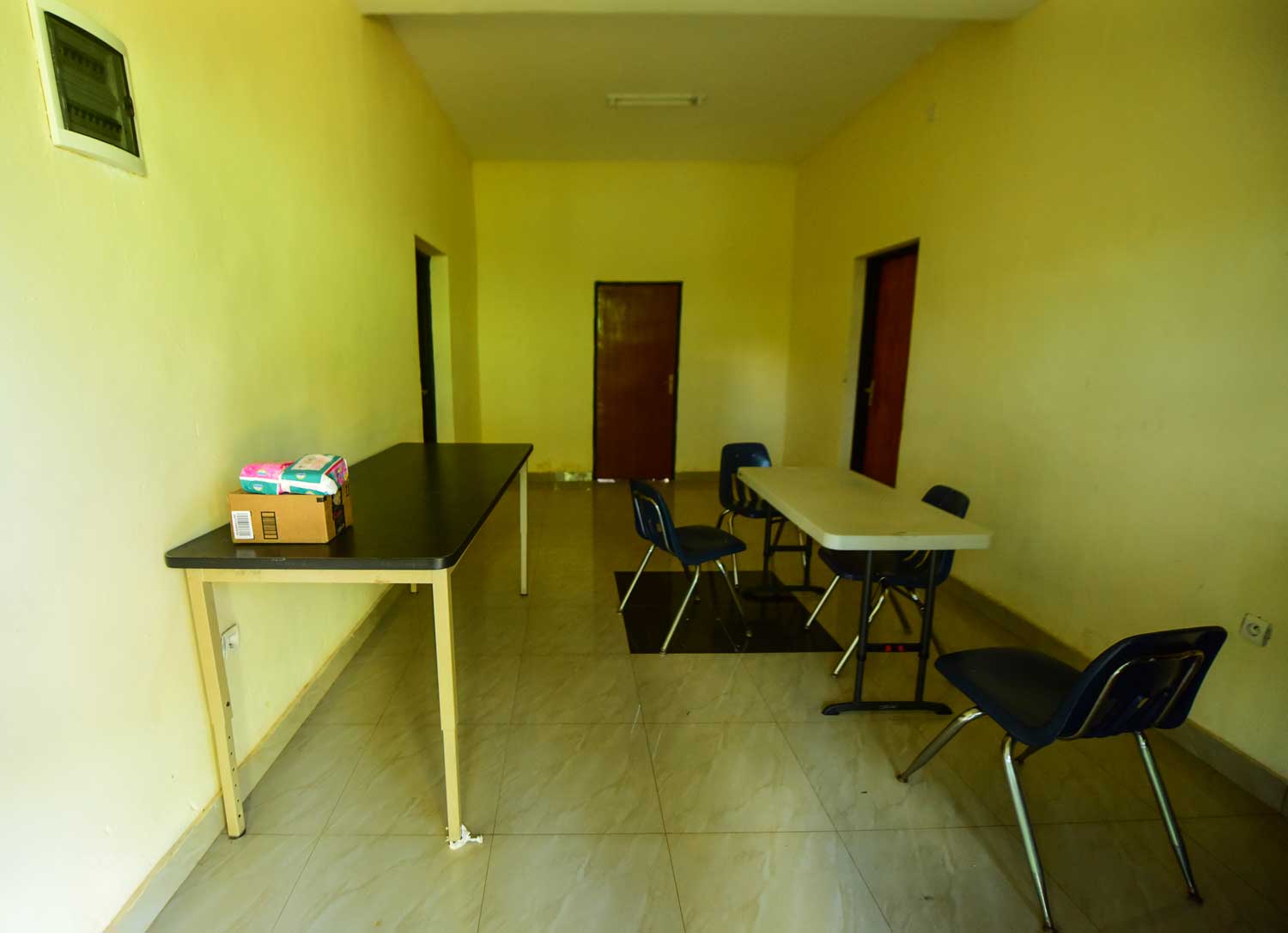
Maranyundo Girls’ School. All high schools have a ‘girls’ room’ which catters for their menstrual matters
In 2012, Devota Bampire –then a form two student reported to School as usual but around 11am, she felt something strange.
It was her first time to experience menstruation.
“I had something strange happening to me. I got so scared but whispered to my classmate about it. She then led me to our school head girl who helped me with sanitary pads,” she told KT Press.
Since then, Bampire who is now 17-years old has become a councilor to her peers at World Mission TVET School in Kagugu – Kinyinya sector in the capital Kigali.
Bampire’s colleague, Aline Umutoni at the same school, has faced the same issue but both teamed up to mobilize fellow students that menstruating is normal and part of reproductive health.
Since 2014, May 28 has been dedicated as Menstrual Hygiene Day – an annual awareness day to help break the silence and build awareness about the fundamental role that good menstrual hygiene management (MHM) plays in enabling women and girls to reach their full potential.
According to World Bank, at least 500 million women and girls globally lack adequate facilities for menstrual hygiene management (MHM).
Inadequate WASH (water, sanitation and hygiene) facilities, particularly in public places, such as in schools, workplaces or health centers, can pose a major obstacle to women and girls, the report says.
A growing body of evidence shows that girls’ inability to manage their menstrual hygiene in schools, results in school absenteeism, which in turn, has severe economic costs on their lives and on the country.
In Rwanda, “the issue has been urgently tackled,” Isaac Munyakazi, Rwanda’s State Minister for Primary and Secondary Schools told KT Press on Monday.
In 2012, the Ministry of Education launched “Icyumba cy’Umukobwa” (The girl’s room) in schools with an aim to spread the campaign across schools.
The room is equipped with sanitary pads and other menstrual hygiene facilities which girls utilize in case of menstrual periods while in class.

A girls’ room under construction in Kagugu based World Missionary Secondary School
According to Minister Munyakazi, “The campaign has provided great impact despite not covering all schools. The Ministry’s assessment is looked through the performance of girls against boys,” he said.
For instance, according to the 2016 national results, girls performed better than boys just like the previous year. Of the 41,240 candidates who sat for national exams in general education, 89.5% passed including 57.5% girls and 42.5% boys.
“This shows you the program to establish a girls’ room in every school is greatly contributing to their performance,” Munyakazi told KT Press.
According to Samuel Hatangimana – the principal at World Mission TVET School, the room at the school has acted as a safety for the girls as well as a center for awareness.
“By raising awareness, the silence around menstrual hygiene management can be broken; every girl can hygienically manage their menstruation, in privacy, safety and with dignity,” he told KT Press on Monday.
The Ministry of education does not provide budget for establishment of the room in schools. It only sends a team of officials to mobilise all schools to establish the room. ‘We do this as a matter of priority,” Minister Munyakazi said.

